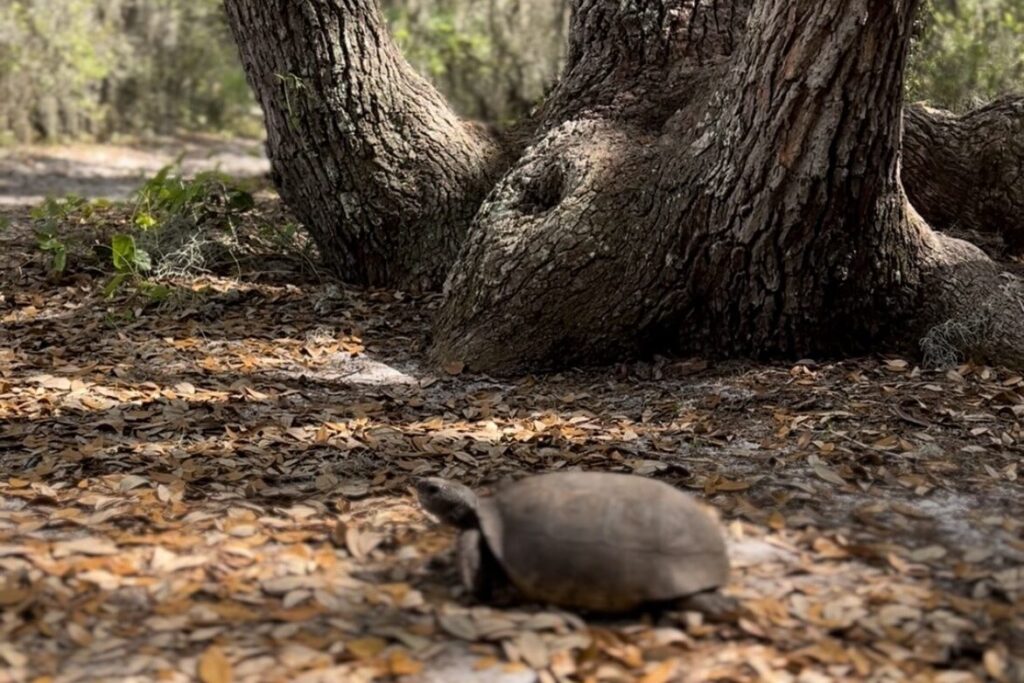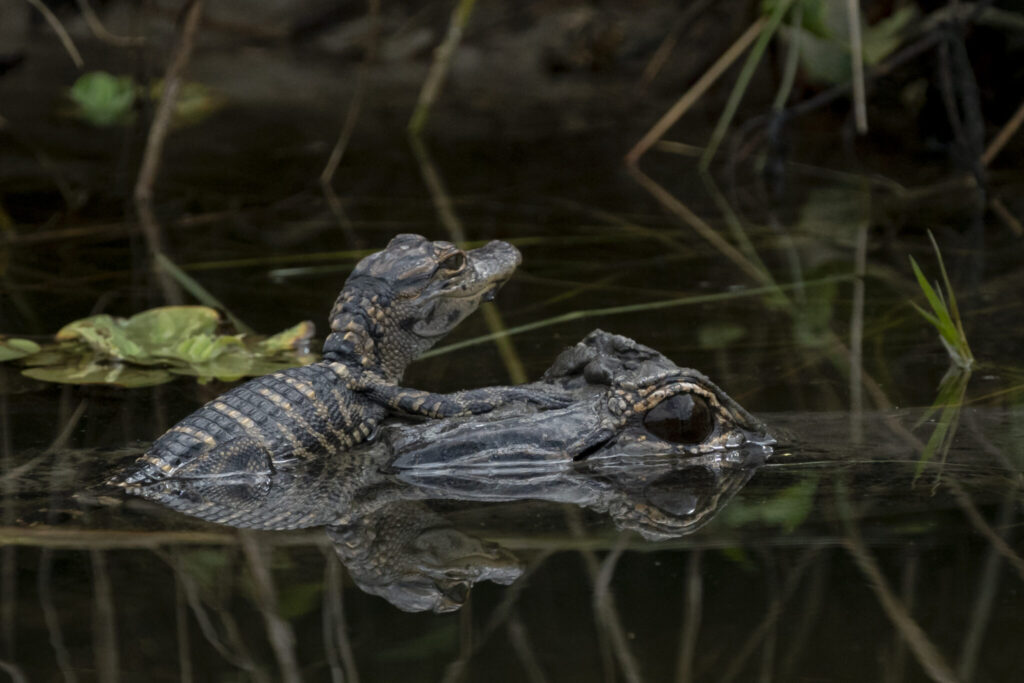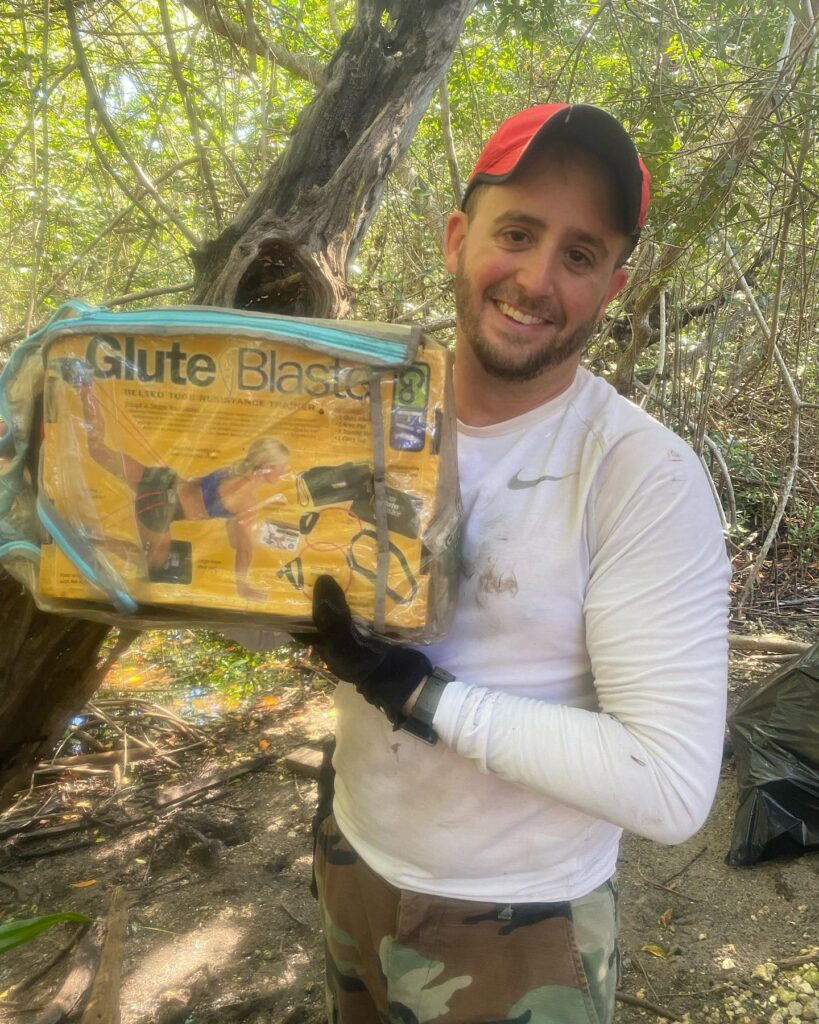Here’s How You — Yes, You! — Can Help Protect Florida’s Wildlife
From leaving no trace on your next wild trip to the Corridor to planting non-invasive species in your garden, your efforts can make a difference

There’s something special about walking along a trail in the Florida Wildlife Corridor and spotting a wild creature. Whether it’s a bird, turtle, salamander, alligator or bear, nothing captures the feeling of awe nature can inspire better than seeing wildlife in person (from a safe distance!).
But many of the critters you cross paths with on your Corridor journeys — including the tiniest insects you don’t see hiding out in the plants and trees —need your help to survive and thrive.
Luckily, there are several ways you can help protect Florida’s diverse wildlife species so they’ll be around for generations to come. Here are several ways you can Live Wildly — responsibly:
Keep the “wild” in wildlife

Yes, we know it’s remarkable to spot a wild animal while exploring — trust us, we’re just as in awe as you. But if you want to protect that creature, a little space goes a long way.
Wild animals should have a natural shyness and even fear around humans — it’s an instinct that keeps them safe from predators. Getting too close conditions animals to become accustomed to human presence and that can lead to serious issues — even up to wildlife management needing to kill the animal if it starts getting into campsites or acts aggressively toward hikers.
Making sure you properly store your food at your campsite and in your hiking pack is another way to help. When wild animals routinely get into human food, it can lead to issues with habituation where they start to actually seek out that food instead of sticking to their natural diet. Yes, your Snickers bar is delicious but no, let’s not teach wildlife to grab one if they’re hungry.
What you plant in your yard matters
Your impact on the wilderness doesn’t just happen out in the wilderness. In fact, there are steps you can take in your own backyard to protect wildlife – starting with what you plant!
Before heading out on your next trip to the local nursery, do some research online to find out what species are native to your area and which ones are considered invasive. And make sure that trip doesn’t include a batch of pesticides – look for natural products instead to keep those pesky insects away.
Another great step you can take is to start a pollinator garden to attract butterflies and bees. These creatures are crucial to the entire ecosystem and food chain, and they’re struggling, too. Check out the Florida Association of Native Nurseries for tons of tips and advice on creating the most fruitful habitat for our wild friends.
Leave No Trace behind
Have you ever come across what you thought was a Corridor animal like a salamander only to discover that tiny speckled glean is just a piece of trash? Us too, and it’s a sad sight.
Whenever and wherever you decide to Live Wildly, make sure you’re following the principles of Leave No Trace. Here are a few key ways:
- Pick up all your trash
- When camping, keep food safely stored away from bears and other critters
- Don’t go off marked trails
- Avoid trampling vegetation that wildlife need to survive


If you want to go the extra mile, you can pick up any trash you find along the way. You might not end up collecting 20,000 pounds of trash like Andrew Otazo, but every little bit helps.
Photos courtesy of @andrewotazo on IG.
Volunteer your time
Another great way to help protect Florida’s amazing wildlife is through volunteer work. There are hundreds of ways to get involved all across the state.
The Florida Trail Association, a nonprofit that develops, maintains and protects hiking trails throughout the state, is a great place to get started. There are 19 local chapters spread across Florida, with volunteer roles and opportunities frequently posted through their website.
Each local chapter hosts maintenance projects, outdoor activities and monthly chapter meetings meaning you’ll not only be able to help out a great cause but you may just make some new friends along the way. Plus, you’ll also be helping out wildlife, some of which use the trails to traverse the Corridor.
Help wildlife rehabilitation efforts

Sometimes our wild friends need a little helping hand. That’s where organizations like Swamp Girl Adventures come into play.
The non-profit group works to educate others about Florida’s wildlife and habitats, promote conservation of the great outdoors and assist in the care and rehabilitation of animals in need. You can get involved by volunteering your time, money or keeping an eye out for injured creatures.
Through a network of volunteers, Swamp Girl Adventures helps rehabilitate these creatures and others such as snakes, frogs, lizards and toads, with the goal of returning them to the wild so they can thrive and support the next generation of their species. You can meet two of their turtles — Frohickey and Rackets — by watching our TV spot.
What steps are you taking to help protect Florida’s wildlife? Let us know on social media @LiveWildlyFL.

